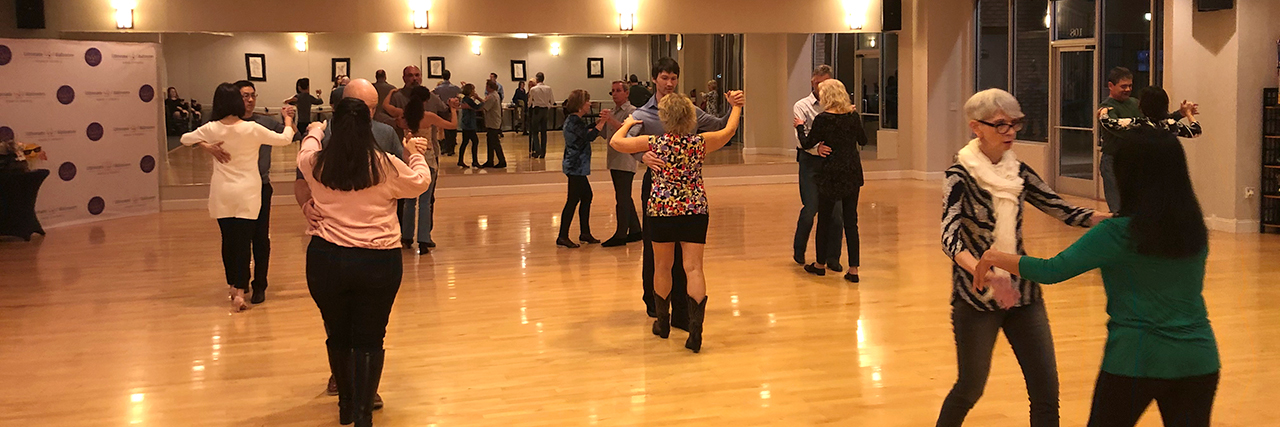
Dance Descriptions
The DanceWell PDX program is perfect for those wishing to become skilled, multifaceted dancers!
We teach many dances, some more often than others.
Scroll down to see most of the dances in our program and videos of people dancing socially.
____________________
Make Group Class Requests as often as you like. We’ll plan to add requested dances to our schedule. American or International style.
____________________
View some dance etiquette customs: More details
List of Dances We Teach
BALLROOM "TRAVELING" DANCES
Traveling or Moving Dances are those that travel in a counter-clockwise direction around the outside edges of the dance floor.
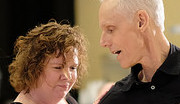
Waltz
Social dancing example: Slow Waltz
Ballroom Smooth. Waltz is very popular, perfect for classics, and there are a surprising number of contemporary songs that use a Waltz rhythm. An elegant and graceful slow dance that glides across the floor, intimate and romantic or formal and grand. Improve your posture, poise, balance, frame, and control. Waltz music is recognized by its 3 / 4 rhythm, meaning musical phrases are counted in six beats rather than the usual eight.
Count: 1 2 3 1 2 3 (strong accent on 1)
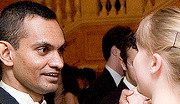
Viennese Waltz
Social dancing example: Viennese Waltz
Ballroom Smooth. This faster-moving Waltz dance is what you usually see in films typically with couples spinning and twirling around the dance floor. Waltz is rarely done outside of traditional ballrooms due to the space needed but there are annual Viennese Balls throughout the world. A beautiful classic dance, Viennese Waltz is also perfect for a surprising amount of contemporary and country pop tunes.
Count: 1 2 3 1 2 3 (strong accent on 1)
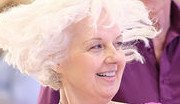
Foxtrot
View social dancing example: Foxtrot
Ballroom Smooth. Known as “THE” social dance, Foxtrot is one of the most common American dances of the 20th century. Dance it as a slow, romantic, cheek-to-cheek dance; or as a gliding, sliding traveling dance around the dance floor. To see Foxtrot at its best, watch films with Fred Astaire and Ginger Rogers. Foxtrot is appropriate for several music types including: big band; jazz; blues; pop; and easy listening.
Rhythm: Slow Slow Quick-Quick or Slow Quick-Quick
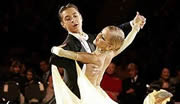
Quickstep
Social dancing example: Quickstep
Ballroom Smooth. The Quickstep is named well. A very quick and lively dance, comprised of running steps, hops, skips and kicks, traveling the dance floor at great speeds. The dance began as a quick version of Foxtrot mixed with the Charleston and has a Jazz music influence. Dixieland jazz is perfect for quickstep as is the faster swing music.
Count: (56) 78 prep 12 3 4 56 7 8 Basic Rhythm: Slow-Quick-Quick
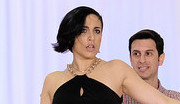
Tango
Social dancing example: Tango
Ballroom Smooth. Originally from Argentina, Tango is a dramatic dance with styling options that can be sharp and aggressive, playful or smooth and romantic. We teach American, International and Argentine Tangos. American and International dance with the base of the music, traveling the floor, and Argentine Tango stops and starts, dancing more with the melody.
Basic Rhythm: Quick Quick Slow. (Argentine Walking basic, totally improvisational
LATIN SPOT DANCES
Spot Dances are those danced in the same general area or “spot” on the dance floor.
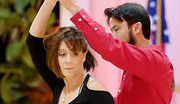
Bachata
Social dancing example: Bachata
Club Latin. Popular at Salsa and Latin Nightclubs, Bachata has a side to side basic movement and a hip motion or foot tap on every fourth count of music. The music is slower than salsa music and faster than Rumba. From the Dominican Republic. Count: 1 2 3 4 (accent on 4)
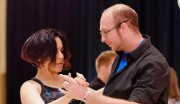
Cha Cha
Social dancing example: Cha Cha
Ballroom or Club Latin. Cha Cha is both a ballroom dance and a street dance, and can by styled many ways. Perfect for many contemporary pop tunes, some classic rock ‘n roll, Country and various Latin rhythms. Along with Salsa, Merengue, and Bachata, Cha Cha is very popular at Latin dance clubs and definitely a dance every good social dancer should know.
Counts: 2 3 4&1 2 3 4&1 6 7 8&1 (accent on 1)
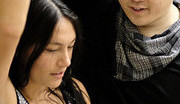
Rumba
Social dancing example: Rumba
Social dancing example: Bolero
Ballroom Latin. A slower and romantic Ballroom cousin to Salsa, this Latin dance is perfect for contemporary and classic pop ballads, as well as Latin love songs. Because it is a slower Latin dance, it can be ideal for dancers practicing the distinctive hip and body motion of the Afro-Cuban dances like Salsa, Mambo, and Cha Cha. You’ll see Rumba at Salsa clubs, lounges, weddings, and Ballroom dance events.
Count International: 2 3 4(1) 2 3 4(1) Rhythm American: Slow-Quick-Quick
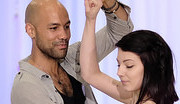
Salsa (also called Mambo on 2)
Social dancing example: Salsa
Club or Ballroom Latin. There are Salsa clubs and dancing in practically every major metropolitan city. Salsa is primarily danced to Latin music with Afro-Cuban rhythms and is characterized by rolling hip motion and body movement, as well as numerous spin and turn patterns. There are several styles of Salsa, all of which are closely related, including ‘Mambo on 2’. We usually teach the “breaks” on the 1st beat of the musical phrase but sometimes are requested to teach Mambo as well.
Count Mambo: 2 3 4(1) 2 3 4(1) Count Salsa: 1 2 34 5 6 78 Rhythm: Quick-Quick Slow& Quick-Quick Slow&
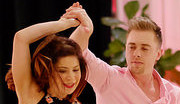
Samba
Social dancing example: Samba
Ballroom Latin. The Samba as a “partner dance” is a MUCH slowed-down version of Brazilian street-dance. Our Samba is done to South American rhythms as well as many Latin-flavored pop tunes and can also be danced to Zouk or Flamenco music. Samba has motion different than the Cuban motion of other Latin dances like Salsa and Rumba, and is danced with a slight sexy body bounce.
Count: a1& a2 a3& a4 (accent on downbeat)
SWING, COUNTRY & CLUB DANCES
Country and Club dances are a combination of Spot Dances and Traveling dances. For example Country 2-Step is a “traveling dance” while Swing is a “spot dance”.
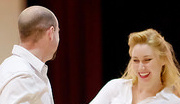
Hustle
Social dancing example: Hustle
Hustle is exciting and energetic, with an elegant and graceful, sultry and intimate, or funky and fun look. It includes numerous wrap and turn patterns as well as gliding movements. Hustle is danced to a syncopated rhythm perfect for 1970’s disco, pop, and some jazz, and techno tunes.
Counts: a1 2 3 a1 2 3 (accent on 1)
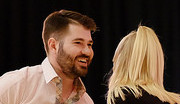
West Coast Swing
Social dancing example: West Coast Swing
Swing. West Coast Swing is a contemporary-style of Swing, very different than what most people initially think of as “swing.” Sleek, smooth, sexy, funky and challenging, the dance is versatile enough for blues, pop, R&B, country, jazz, disco, rock, and many more genres of music. Its relaxed and smooth body movements, playful improvisation, and stretch give it a distinctive look. It takes longer to get up to speed than many other dances, but well worth the time and practice.
Count: 1 2 3a4 5a6 or 1 2 3a4 5 6 7a8 Rhythms: Slow Slow Quick-Quick-Slow Quick-Quick-Slow or Slow Slow Quick-Quick-Slow Slow Slow Quick-Quick-Slow or infinite possibilities.
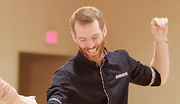
Swing
Social dancing example: Basic Swing
Social dancing example: Lindy Hop
Social dancing example: East Coast Triple Swing
Swing dance has many variations and names. Swing, Jump Swing, Jive, Jitterbug, Boogie Woogie, Lindy Charleston, Shag…East Coast is the easiest of the swing dances to learn. It’s also one of the most commonly known dances in America. Fun energetic music! With its roots in Lindy Hop, the original swing dance, Swing has been around since the 1920’s, and has evolved with each decade’s popular music. It is also great for big band, rock n’ roll, and blues music. We teach several variations including Lindy Hop.
Rhythms: Quick-Quick Slow Slow or Quick Quick Quick-a-Quick Quick-a-Quick
Counts: 1 2 1a2 1a2 (accent on 2) OR Lindy Count: 1 2 3a4 5 6 7a8
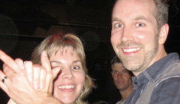
Country Two Step
Social dancing example: Country 2-Step
Country. Traveling around the dance floor at a moderate to fast pace, Country Two-Step is full of fun turns, wraps, and weaves. Of course you will find it at country bars and clubs, but also in demand at dance studios, ballroom events, and West Coast Swing parties. This is a great dance to develop quick turns, assertive leading, and maneuvering around the dance floor.
Rhythm: Quick-Quick Slow Slow

Line Dance
Country. A line dance is a pre-choreographed dance with a repeated sequence of steps in which a group of people dance in lines or rows. Throughout the centuries. All kinds of Line dancing including Country, Folk, R&B, Weddings, Pop, Latin, Ballroom. Rhythms: all the other dance rhythms in our list.
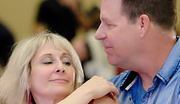
Nightclub 2-Step
Social dancing example: Nightclub 2-Step
A VERY popular social dance, easy and elegant for contemporary slow ballads. “Ballroom” style begins with a back rock on count “1”, then moves sideways, while Country begins on a side step on “1”. We teach both! Country version takes more space and uses characteristics of Bolero and ballroom dance while the Ballroom version is a little smaller. Good for lounges, nightclubs and also for larger dance floors.
Count Ballroom: 1&2 3&4 or 12 3 4 56 7 8 Rhythm Country: Slow-Quick-Quick Slow-Quick-Quick
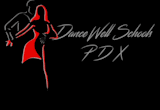
Quick Links
Contact Details
Need help? EMAIL or call Linda 503.241.0460.
DANCEWELL PDX SCHOOLS
BEAVERTON (near Aloha) 3425 SW 185th Ave., 97006
NE PORTLAND (Parkrose) 4848 NE 105th Ave.,97220
Click HERE for maps and directions.

